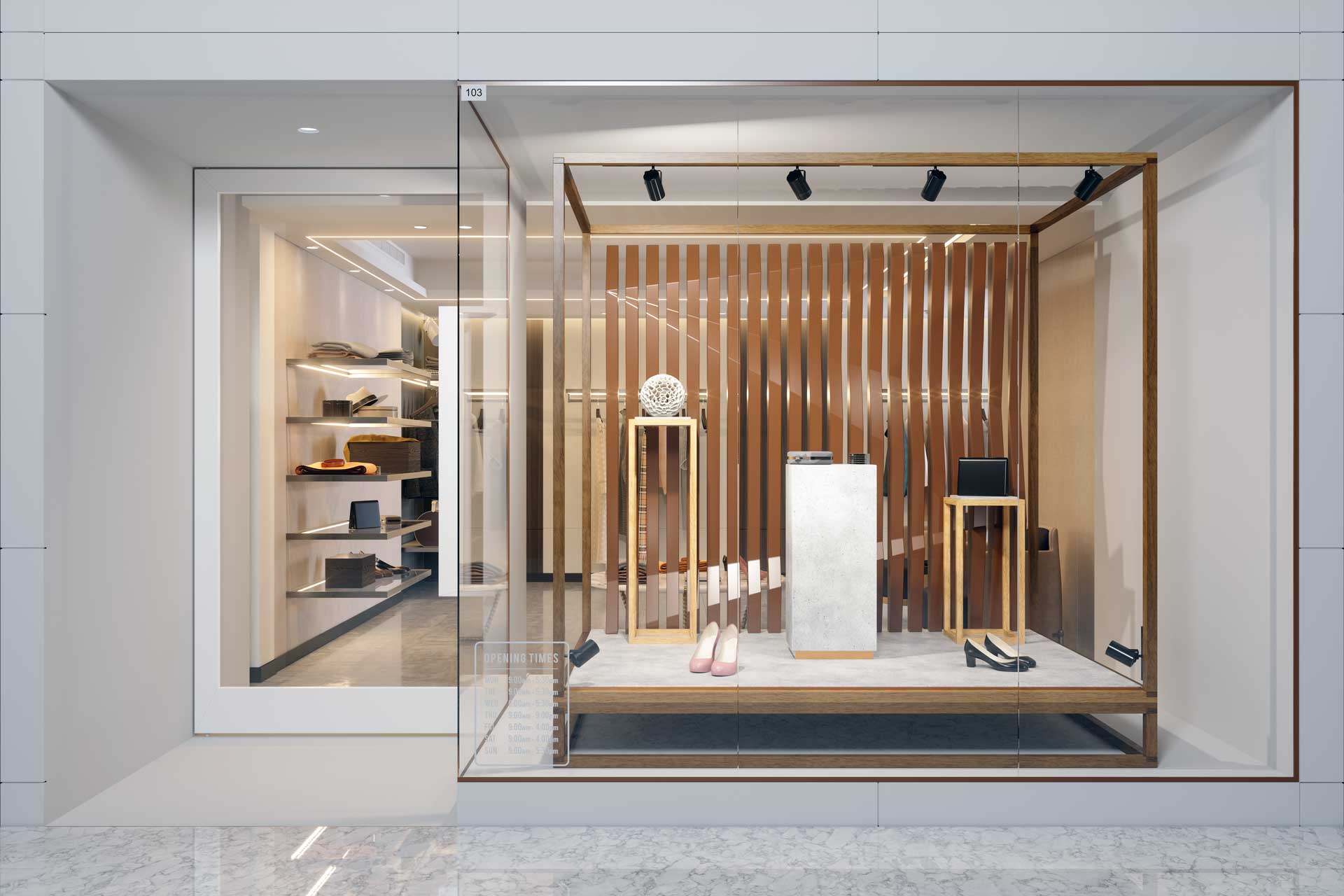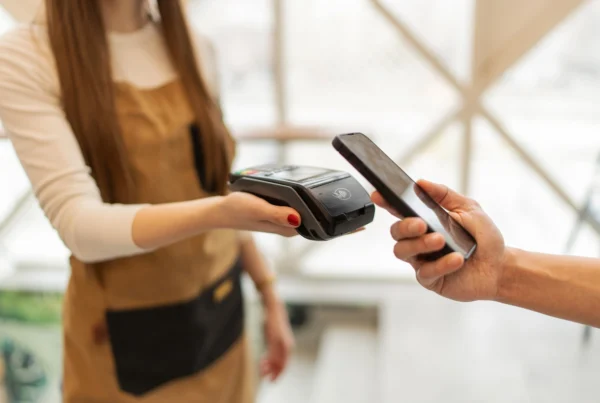Cross merchandising is one of the most effective strategies for improving customer experience and increasing revenue in retail shops. It is a marketing approach that connects items from various categories and allows them to sell together. The goal is to persuade customers who have come in to buy one thing to also buy other goods that are on display in the same area and may be utilized in conjunction with the first item.
What is cross merchandising?
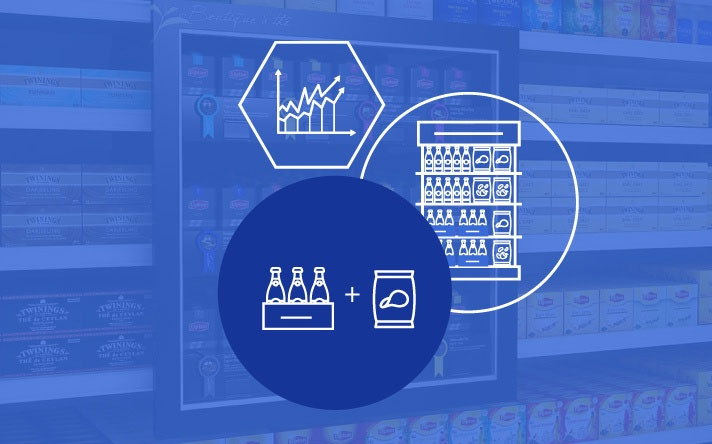
Cross merchandising is the practice of exhibiting products from many product categories together to encourage people to purchase multiple things. In a retail scenario, the cross merchandising definition might include putting together displays with two or more goods that are diverse yet can be utilized together rationally.
Customers benefit from cross merchandising ideas because it reminds them of a need, sparks an idea, or saves them time from having to search the rest of the store. By generating sales especially with an additional POS system, cross merchandising brings value to you, the business owner.
Cross merchandising makes your consumers’ shopping experience more convenient and may stimulate new ideas or remind them of things they need. Cross merchandising, when done correctly, may enhance sales and average order value (AOV).
What makes cross merchandising important?

After understanding what cross merchandising is, you can consider that cross merchandising provides value to both retailers and customers. The following are advantages of cross-merchandising in retail.
For retailers
- Remind customers of a need: Assisting customers in realizing that they require a complementary product, such as mints near the coffee or ketchup near the hotdogs and hamburgers at the supermarket.
- Save consumers time: Retailers save customers time by putting everything they need in one location, such as pre-cut vegetables, bags of spinach, and salad dressing in the produce department, so customers can quickly gather all the elements for a salad.
- Generate new demands: Displaying full outfits, dinners, or spaces, showcasing how many things may work together, can help retailers ignite ideas for shoppers.
- Introduce customers to new items: By placing helpful, popular, or viral products in unexpected or conspicuous locations around the store, retailers may expose people to new products.
- Create a simplified shopping experience for your customers: By anticipating their requirements and grouping things that are frequently purchased together in the same location, you may improve the convenience with which people browse your business while also increasing customer happiness.
For customers
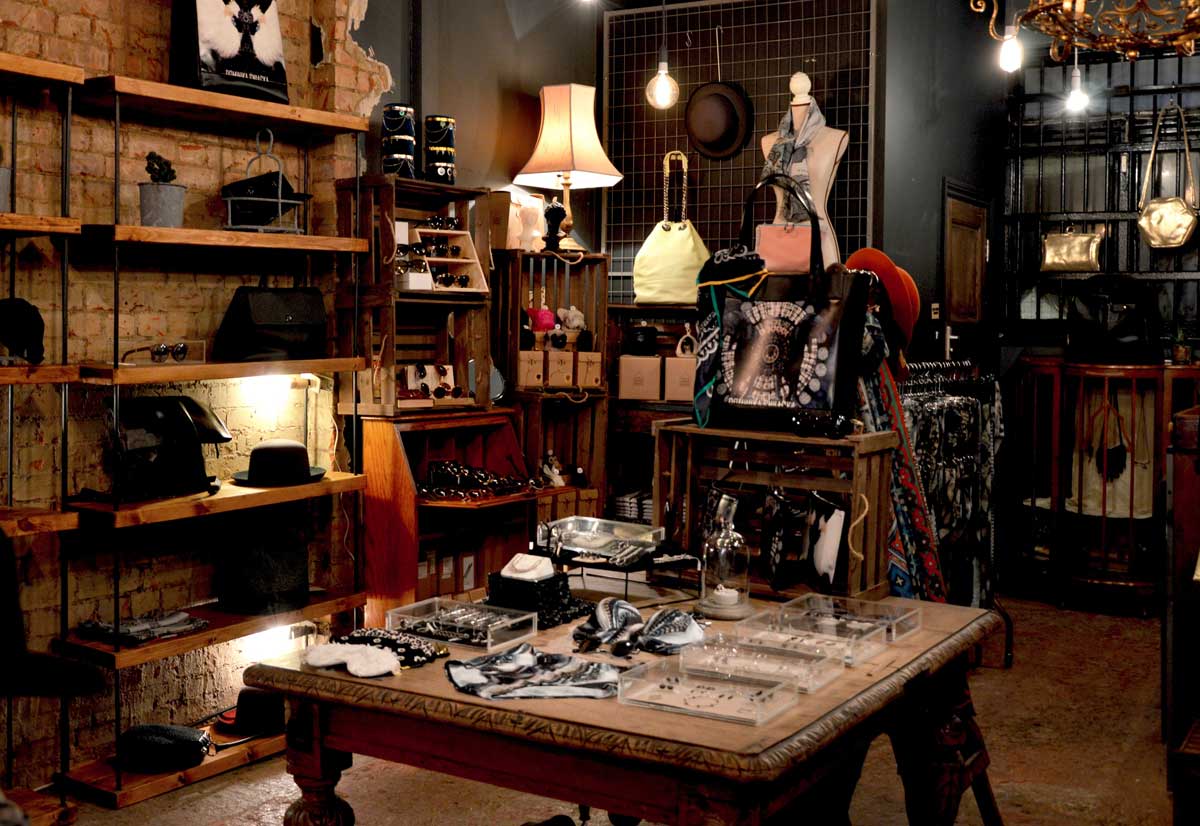
- Increase revenue: Encourage clients to make accidental purchases by placing complimentary things near each other, so that when they come in to make their original purchase, they are more likely to buy extra items.
- Increase your Units Per Ticket (UPT): By strategically positioning logical add-ons to purchases near one another, you may drive multiple-item sales and therefore increase your UPT.
- Improve customer loyalty: Customers are more likely to become loyal customers if they save time exploring your retail store and can readily discover what they need. Customer satisfaction equals increased product sales. And because information spreads quickly, devoted customers may become brand supporters.
- Promote your marketing strategy: Any company’s branding and marketing efforts are critical to its success. These tactics are designed to promote sales and customer happiness. Customers learn to associate things from other categories in their imaginations when they are shown near to one other. Identifying which goods should be purchased together will help you achieve your goals at a reasonable cost.
Who should cross merchandise?

Cross merchandising is a sales strategy that is employed in a variety of sectors and product categories. Large enterprises, such as grocery shops and department stores, may find it more useful. Cross merchandising, on the other hand, might be used by any shop to boost basket size and overall sales income.
Department shops
Cross merchandising allows retailers who sell a variety of apparel, footwear, cosmetics, and personal products to bundle items and improve sales.
“At many major shops, the buyer or merchant for one department might not be the same buyer for the region you want to cross-sell with,” explains retail and merchandising consultant Sarah Shapiro. It’s critical that there’s a shared understanding in order to provide a better customer experience, and that the in-store staff will assist with inventory execution and management.
Supermarkets
Cross merchandising is mostly utilized in grocery shops to make shopping easier and encourage sales of complementing food items.
Household stores
In-home goods stores, cross merchandising is employed to create an immersive environment. Customers can enter a product display and sit on, touch, and engage with various goods that make up the space.
IKEA’s showroom is one cross merchandising example. While viewing all of the objects in the showcase, you may stroll through and picture numerous décor concepts. This sort of structure can assist overburdened customers in selecting many things in a single visit.
Gift shops
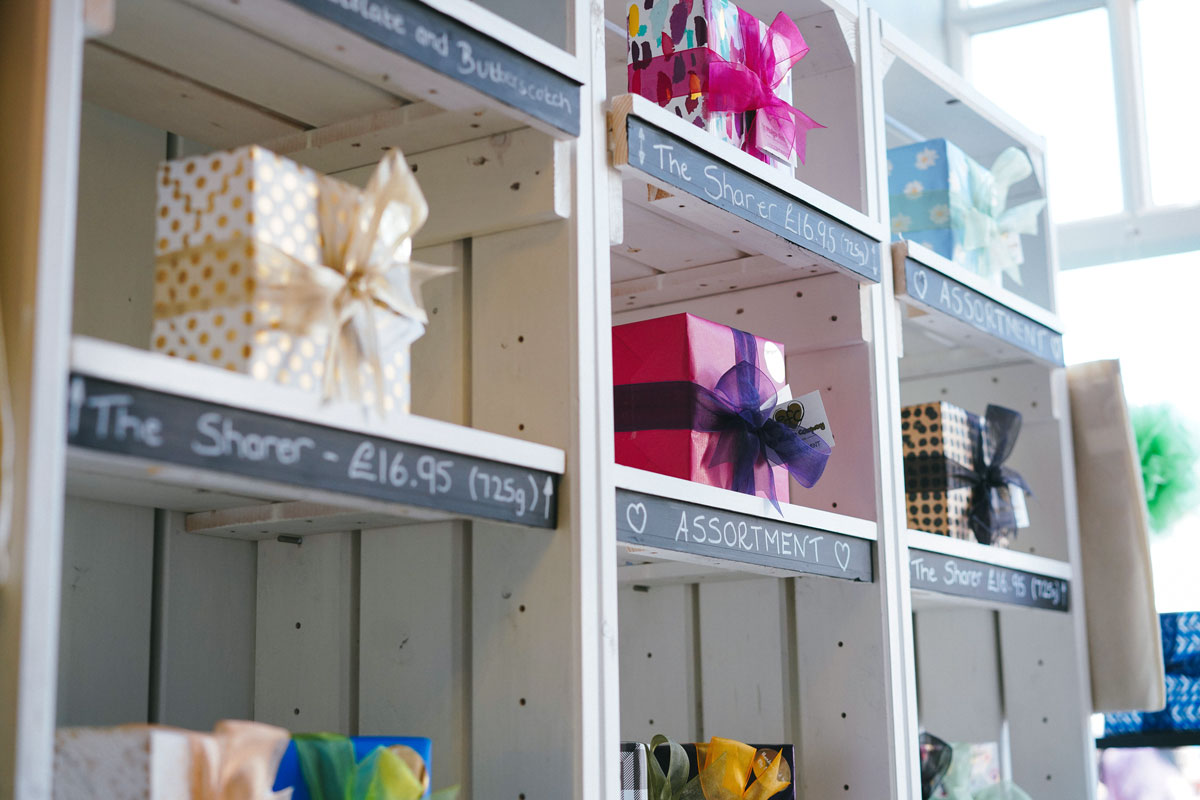
In gift stores, cross merchandising is done to display things that buyers could require during their trip. A beach destination gift shop, for example, would include sunscreen and after-sun lotion alongside souvenir graphic t-shirts and postcards.
Game and electronic retailers
Laptop accessories can be displayed in the same location as laptops in an entertainment store. Customers who purchase a new MacBook Pro, for example, may also wish to purchase a case, screen cleaner, and a stand. Games and batteries may be displayed adjacent to a portable gaming console at game retailers.
Beverage stores
To offer goods like chips with beer or crackers and cheese with wine, liquor stores utilize secondary product placement.
Pharmacy and cosmetics
Face cream can be shown next to face wash, and soft face towels can be hung on the same display as a secondary product. This strategy can assist clients to understand the importance of finishing their skincare regimen with a beautiful towel.
10 tips to implement efficient cross merchandising

Customer research, retail data, dexterity, and logic are all necessary components of a successful cross-merchandising strategy. Based on geography, consumer behavior, and items, each shop has a unique strategy. However, when you design your cross-merchandising strategy, there is a basic process to consider.
A logical link between items
Retailers can make sure customers understand why products are placed where they are. Shoppers will become confused and overwhelmed if there is no evident link between things placed side by side. Instead of inappropriate displays, such as feminine goods next to crackers, cross-merchandise products that address a problem or encourage ideas.
Make use of props and displays
Cross-merchandising is most effective when done deliberately. Arrange the fixtures so that the items appear to be part of the collection. Mannequins, tables, dumpsters, and display cases may all be used to carry out your cross-merchandising plan.
Get ideas from different stores
Investigate and visit other stores to learn about their cross-merchandising techniques. We don’t recommend that you reproduce their presentations verbatim, but you may utilize their samples to get ideas for your own business.
Promote underperforming items
Increase sales by relocating items that aren’t selling in other parts of the business. This will draw more attention to the item and help buyers understand that it is needed.
Demonstrate products

You can allow clients to taste products before purchasing them may be beneficial when selling cosmetics, food, and beverages. We’ll focus on cosmetics in this section. Create a demo or sampling station, and utilize cross merchandising to showcase the beauty goods required to replicate a certain look at home.
Clarify buying habits and get to know your consumers
When your customers can see and comprehend the purpose of each product, as well as how they might be used together, merchandising techniques work best. It’s vital to understand your consumers and their demands to guarantee that this is obvious.
It’s better to collect consumer information such as the goods they buy most frequently, the quantity they buy, and comments such as whether the things they bought were on sale.
Conduct research
Following industry trends may assist you in developing fresh cross-merchandising concepts. Consumer behavior is always evolving, and meeting customers where they are is crucial to the success of any retail shop.
Make add on suggestions
When retailers present complementary goods on another piece’s product page that may be readily added to buyers’ baskets, this is known as add-on recommendations. This method may be utilized to offer clients all of their alternatives (think of other colors or models), inspire them, and encourage them to buy additional items.
Bundle products to upsell

Products that are regularly purchased together at a single price are occasionally cross-marketed by online businesses. This will not only make shopping for your consumers easier but will also increase your chances of upselling. Consider what goods are frequently used together, such as batteries and a flashlight, and sell them separately as well as as a bundle.
Track shopping cart data to make apt suggestions
Customers can add and keep products in their online shopping carts until they are ready to finalize their transactions. Shopping cart software like Magento maintains product and purchase information in addition to guiding users to the checkout.
You can offer more things that compliment or are comparable to the items in people’s baskets if you can keep track of what they’ve previously chosen and are going to buy. This is a terrific way to cross-sell things that customers may have overlooked, and it puts them in a convenient location so they don’t have to explore your whole website.
Conclusion
Cross merchandising is the practice of placing items from several categories next to each other to boost sales. This product placement technique boosts sales by reminding customers of a need, providing a simple solution, or inspiring them with an idea. To cross merchandise effectively, merchants must pay close attention to their sales statistics and client buying trends.
